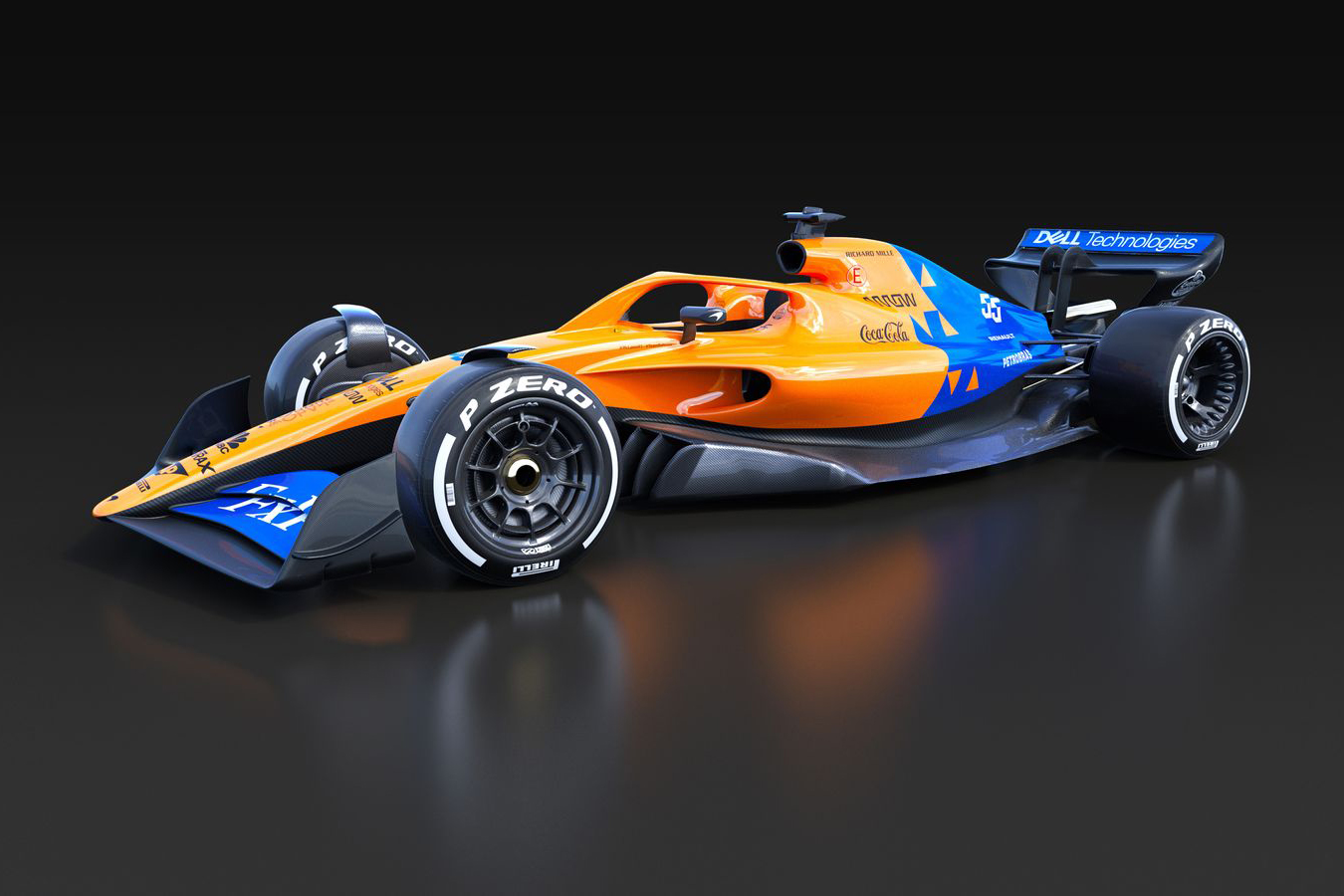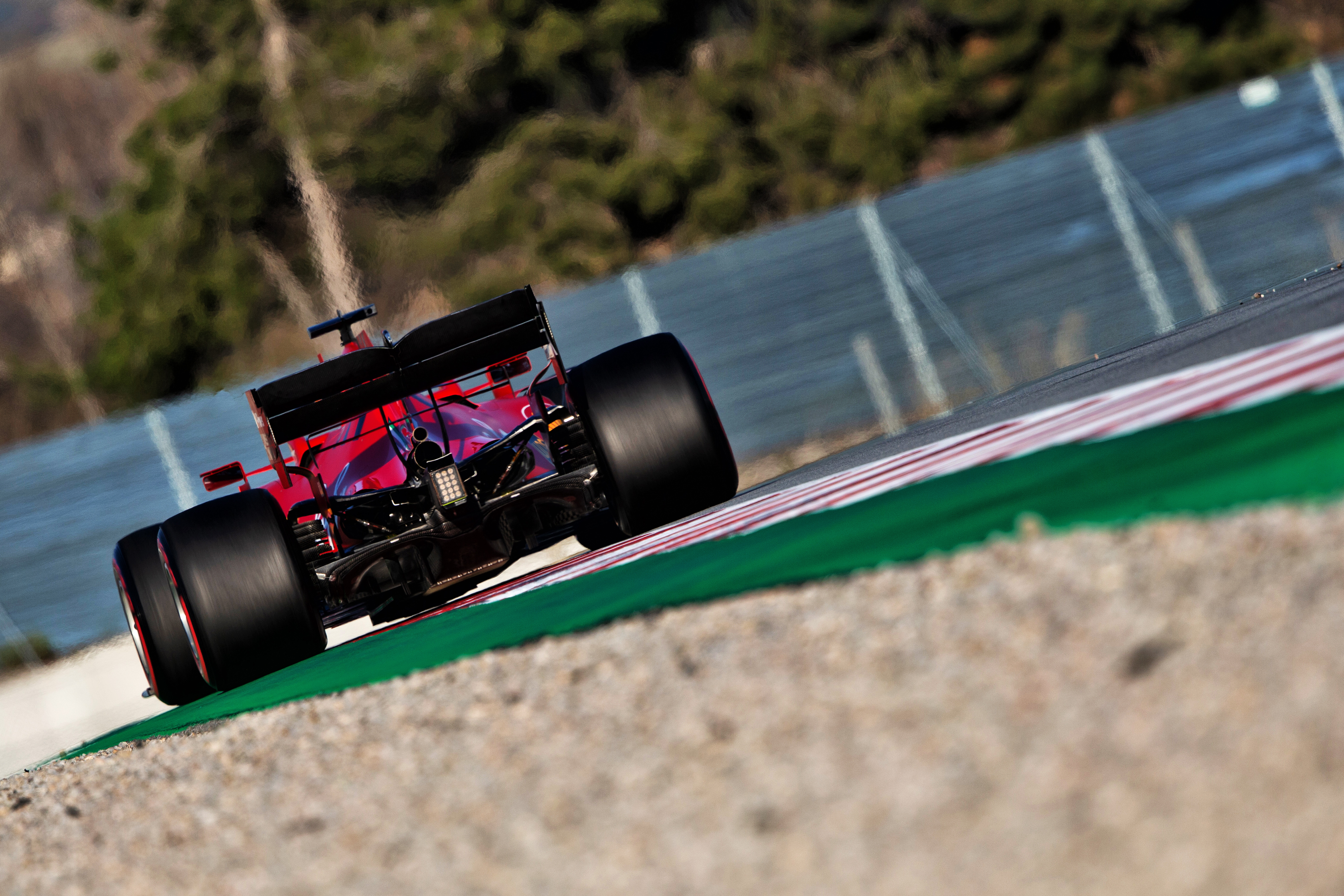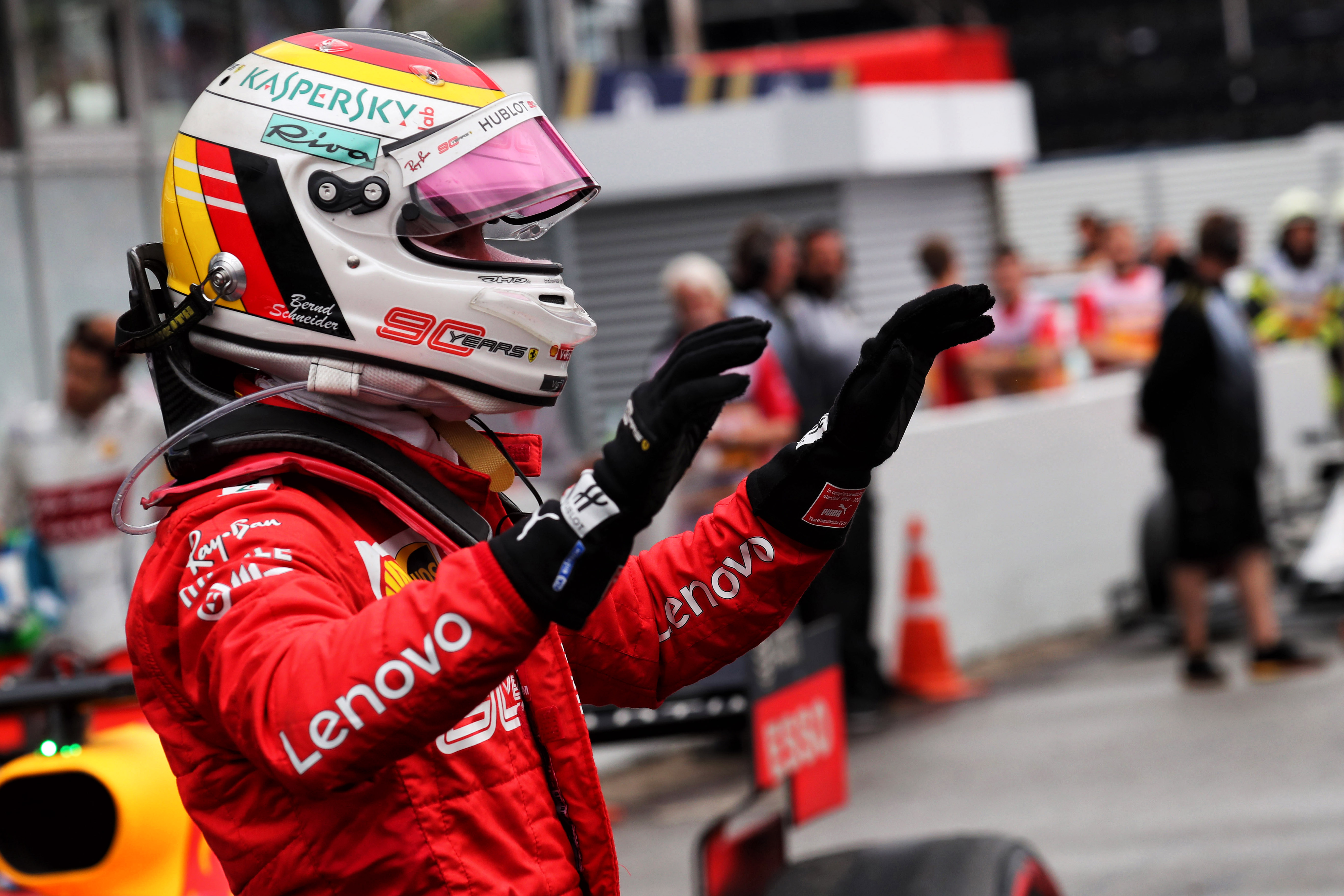Up Next

Adjustments to the 2021 Formula 1 rules, a show of support for Jean Todt amid the Ferrari engine row, a coronavirus ‘Crisis Cell’ and more helmet design freedom for drivers headlined the first 2020 meeting of the FIA’s World Motor Sport Council in Geneva.
2021 tweaks

F1’s technical regulations for its 2021 overhaul have had several changes approved by the WMSC.
Next season, F1 cars will change dramatically in a bid to make it easier for drivers to follow each other and to encourage better racing.
Surface aerodynamics will be pared back alongside a shift to ground-effect cars, with the intention of dramatically cutting the amount of downforce a car loses in close proximity to another.
The FIA says the front wing profiles have been changed to “prevent downwash which would have resulted in a severe compromise” to those objectives.
It is unclear exactly what this change is as the revised technical regulations have not yet been published. The images above show the 2021 rules proposal as first released to the public last autumn.
Similarly, front wing endplates, top bodywork and rear wing endplates have been “modified to give the teams more commercial space”, but the exact change is not yet detailed.
The FIA has also announced “drastic improvements to the strength and energy absorption of the chassis in front, lateral and rear impacts”.
Tethers will be mandated for rear wing and rear impact structures, while “a number of updates to considerably improve high voltage safety on the cars”.
Todt backed over Ferrari row handling

The FIA’s decision to reach a “settlement” with Ferrari in the probe over its 2019 engine performance has enraged the seven F1 teams that do not use Ferrari power units.
It prompted the extraordinary joint release of a statement from Mercedes, Red Bull, McLaren, Renault, AlphaTauri, Racing Point and Williams earlier this week in which the seven teams declared they were “surprised and shocked” at the FIA’s course of action, wanted “full and proper disclosure” and “to ensure that our sport treats all competitors fairly and equally” – even threatening to seek “legal redress”.
The FIA responded on Thursday with its own statement admitting it had “suspicions” over Ferrari but that the matter was closed to avoid “a long litigation” as no wrongdoing could be proven.
The WMSC’s contribution to the row was a strong endorsement of that approach, as it said it “expressed unanimous support for the FIA president [Jean Todt] and the FIA technical department in regard to the overall management of the case”.
In an apparent warning to the seven furious teams, it added that it “strongly opposed any comments that undermine the reputation and image of the FIA and the Formula 1 World Championship”.
Coronavirus ‘crisis cell’
As coronavirus continues to prompt widespread reorganisation of motorsport calendars, the WMSC meeting featured “a detailed presentation on the development of the Coronavirus COVID-19 outbreak” by Professor Gerard Saillant, president of the FIA Medical Commission.
It was also revealed that an ‘FIA Crisis Cell’ now meets every other day to discuss the latest global developments and their implications, and the relevant advice from governments and the World Health Organisation.
So far the Chinese Grand Prix is the only F1 race called off due to the situation, though there are increasing doubts about the inaugural Vietnam GP in early April.
Formula E has now lost both its Sanya and Rome rounds, with the following Paris and Seoul events also in jeopardy.
A return to helmet freedom

The rule limiting F1 drivers to one change of helmet design per season has been dropped after five years.
The regulation was strongly criticised by drivers including Sebastian Vettel, Lewis Hamilton and Max Verstappen during the 2019 season.
It had been implemented in 2015 due to concerns that the frequency with which drivers changed helmet colours was potentially confusing.
But it caused controversy last year when Daniil Kvyat was precluded from running a special helmet design for his home grand prix in Russia because he had already made a change earlier in the year only for it to emerge that other drivers had got away with multiple special designs simply by not asking the FIA for permission.
The WMSC said “a change to the 2020 sporting regulations was approved to allow for unrestricted variations to driver helmet designs between races”.
During the debate last season, Vettel had declared the rule a clampdown on drivers’ individuality.
“It’s our helmet and we should be free to do what we want, so I think the rule is major BS,” he said.
“We have very little room left to sort of express ourselves and the helmet is probably the only one and if people like it, that’s great, if they don’t like it well it’s not their helmet.
“So I think we should be in charge for designing which way and which colour our helmet has.”
Critics of the regulation had also argued that the halo making drivers’ helmets less visible meant the designs were no longer a useful tool for driver identification anyway.




